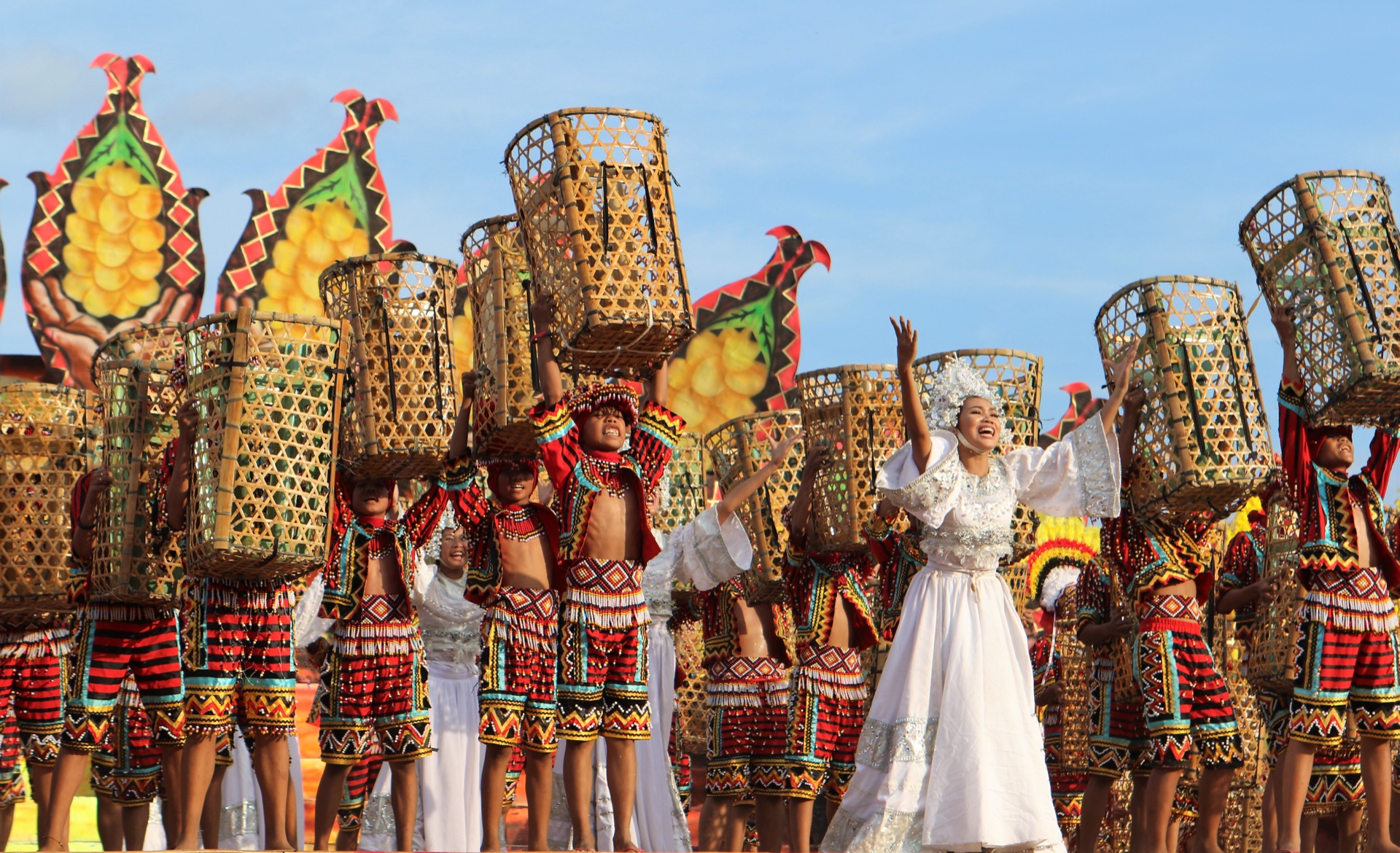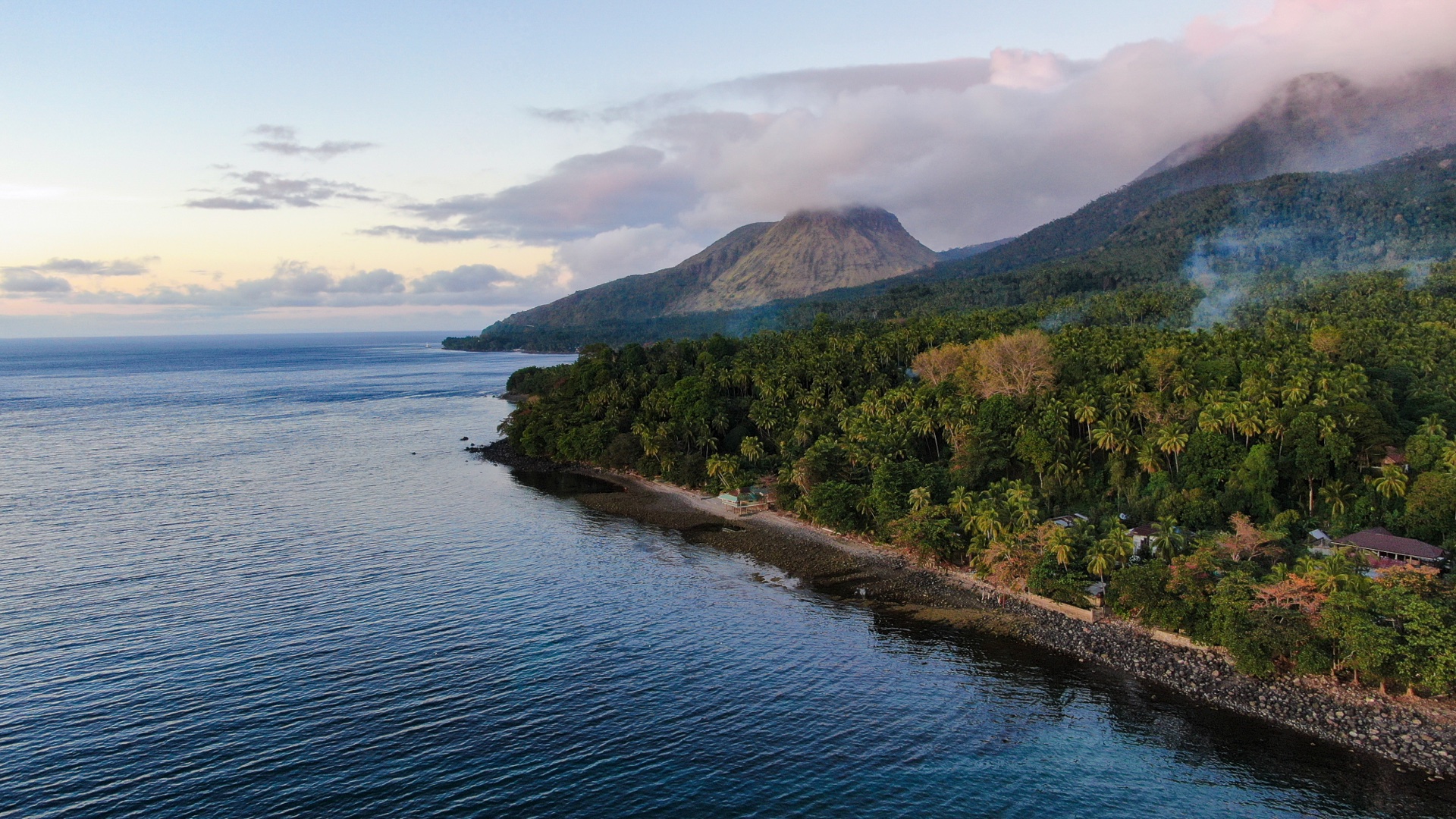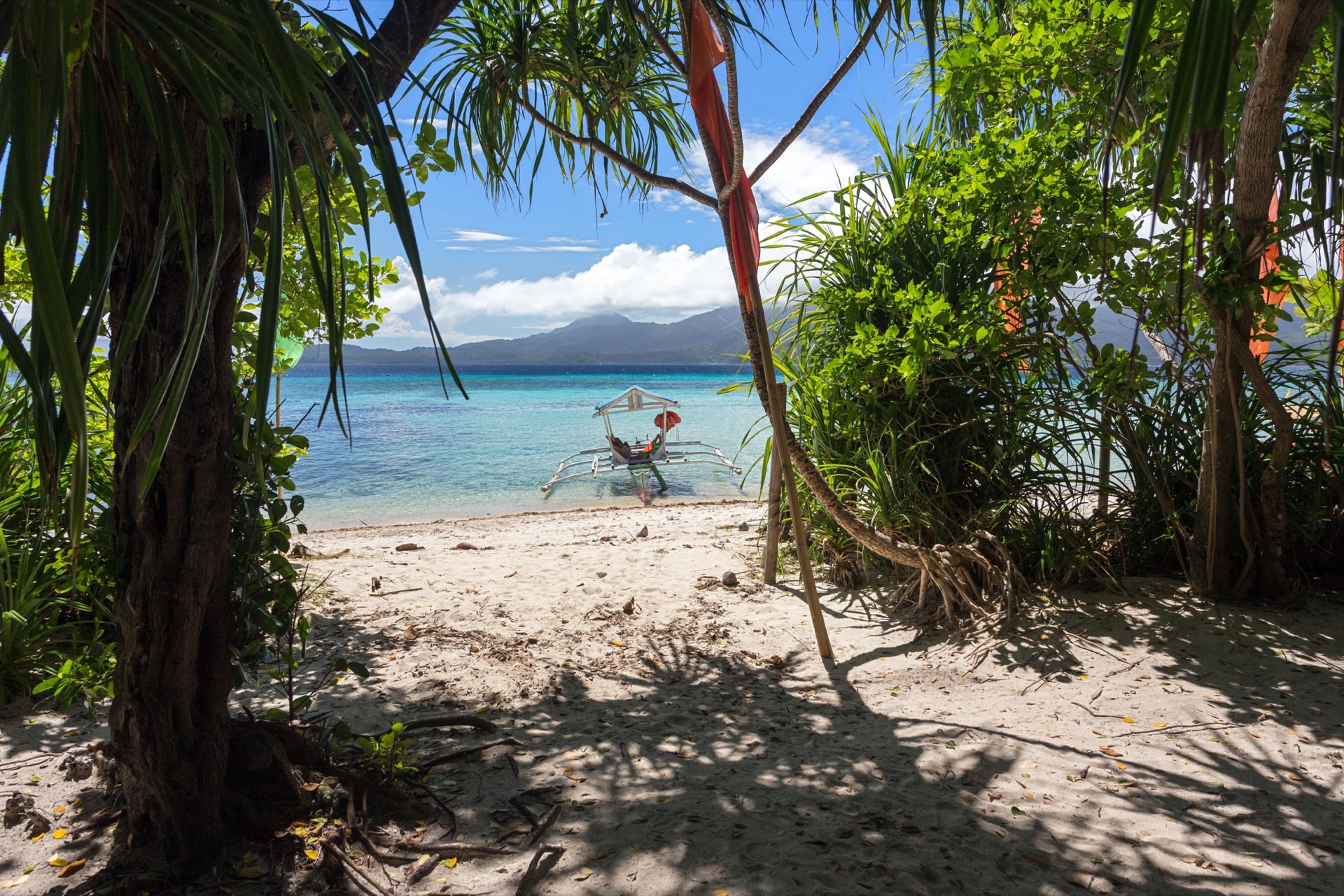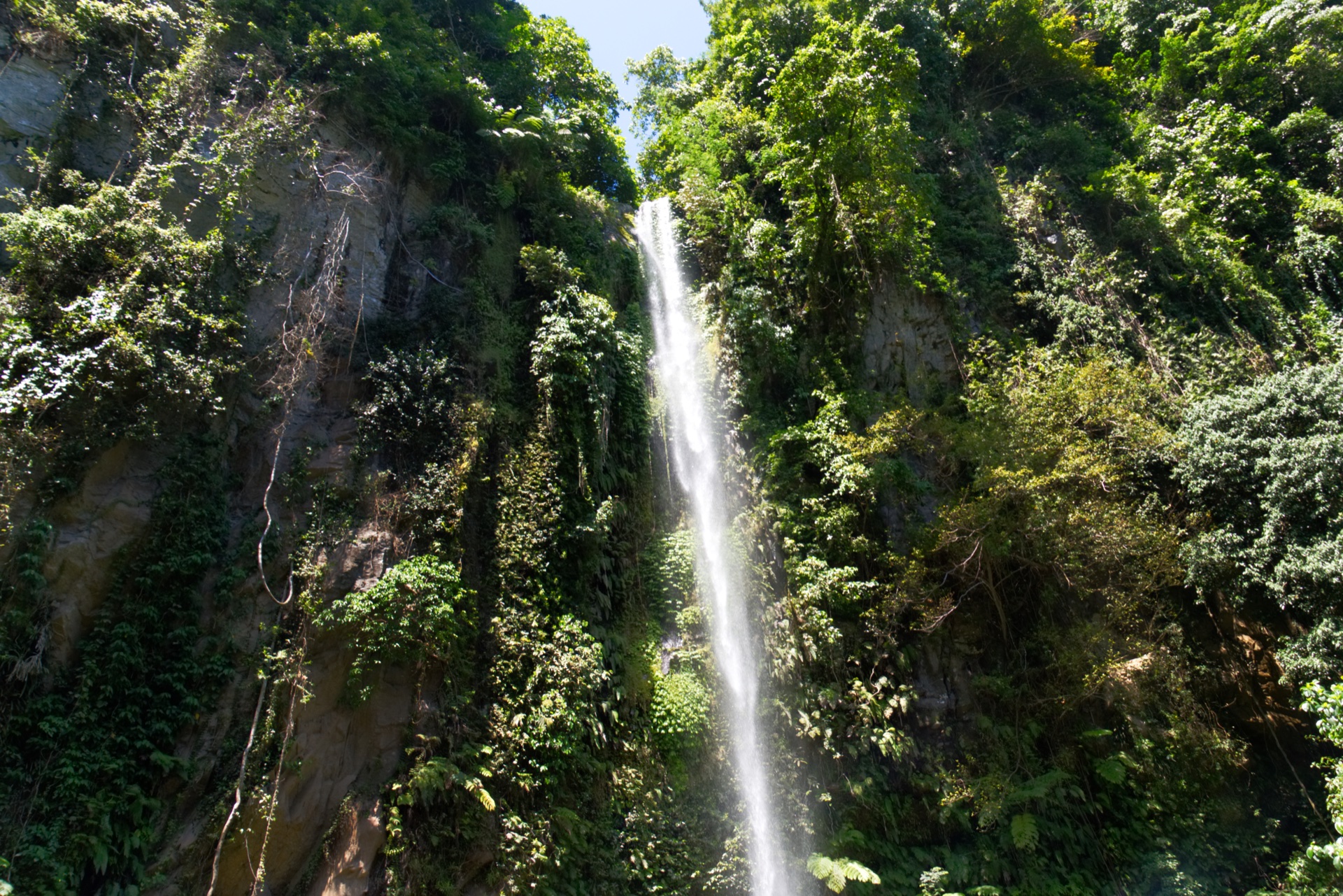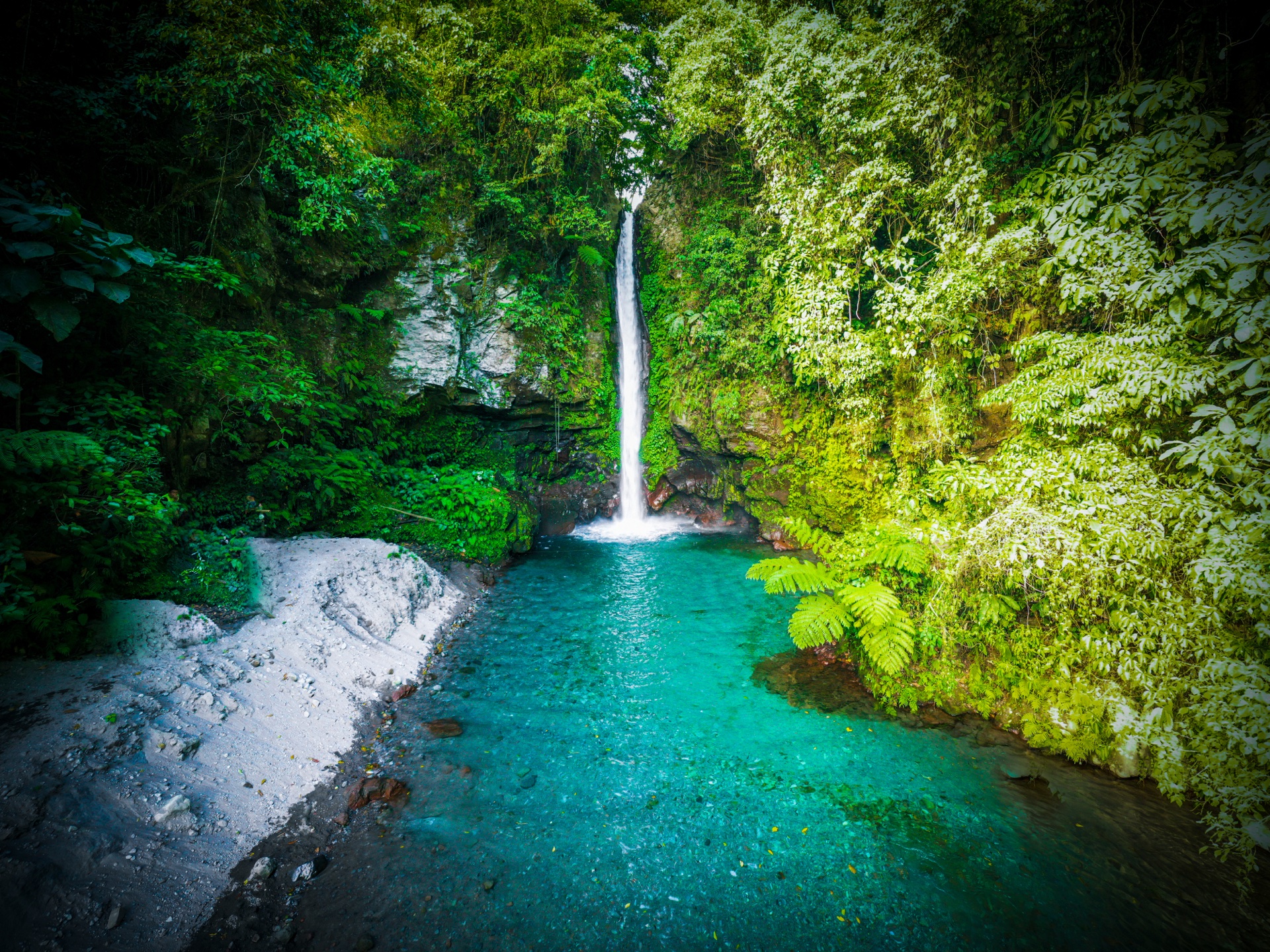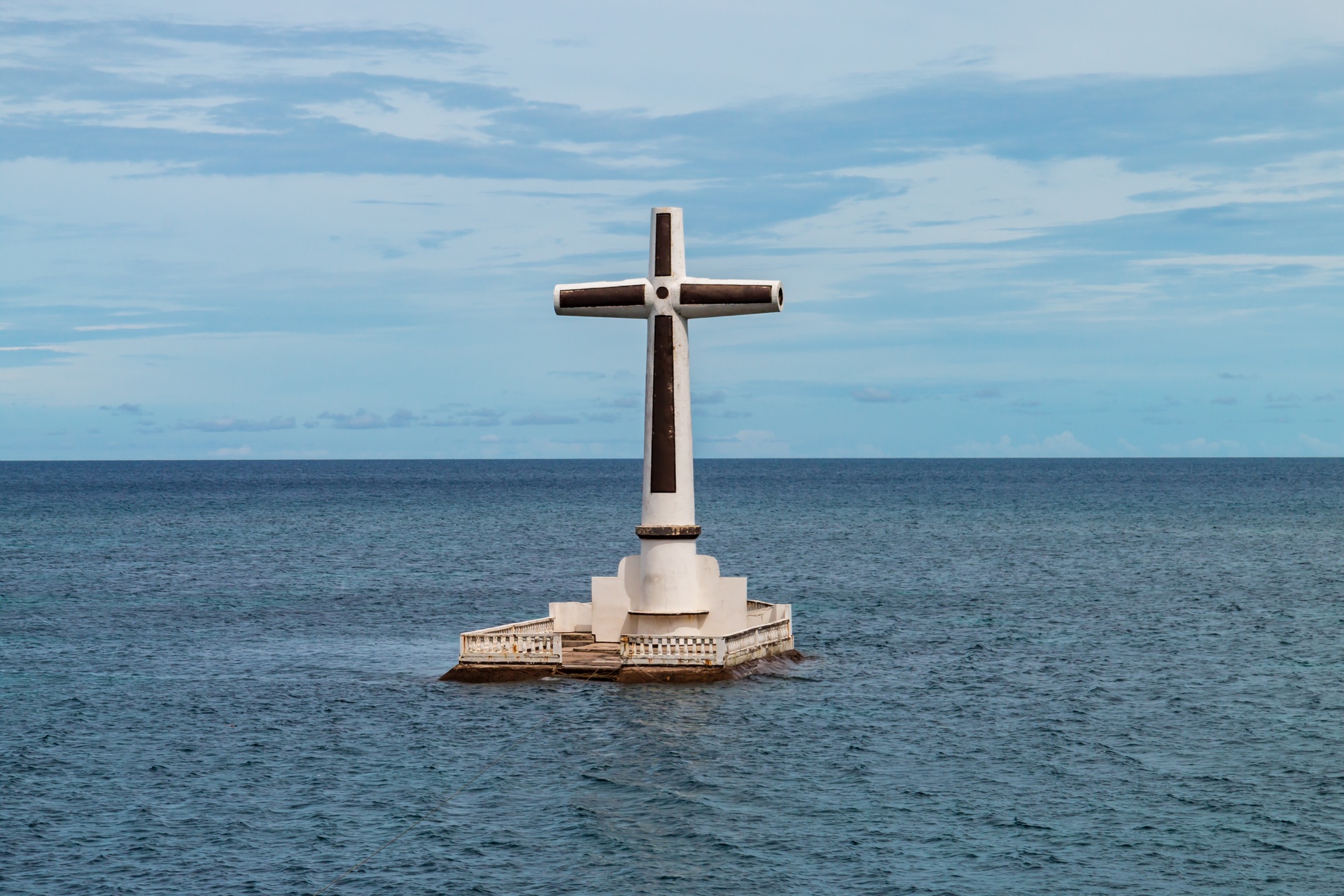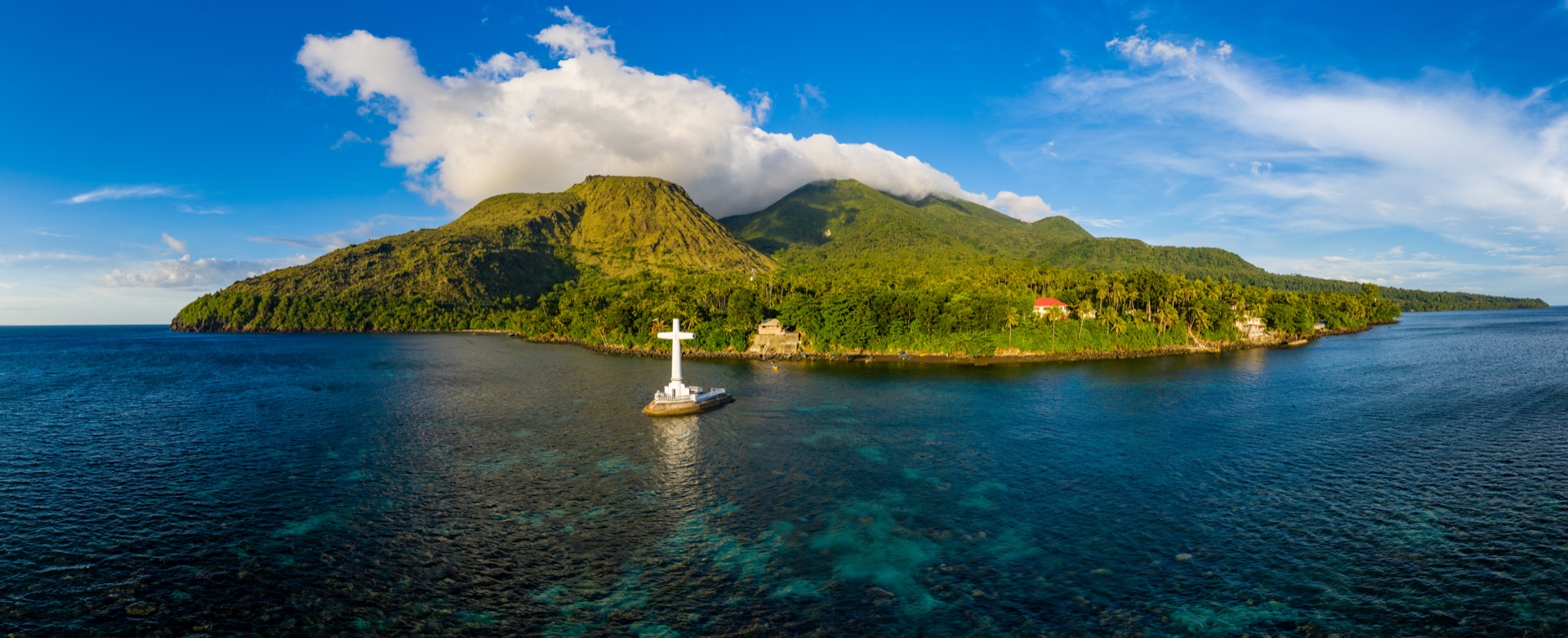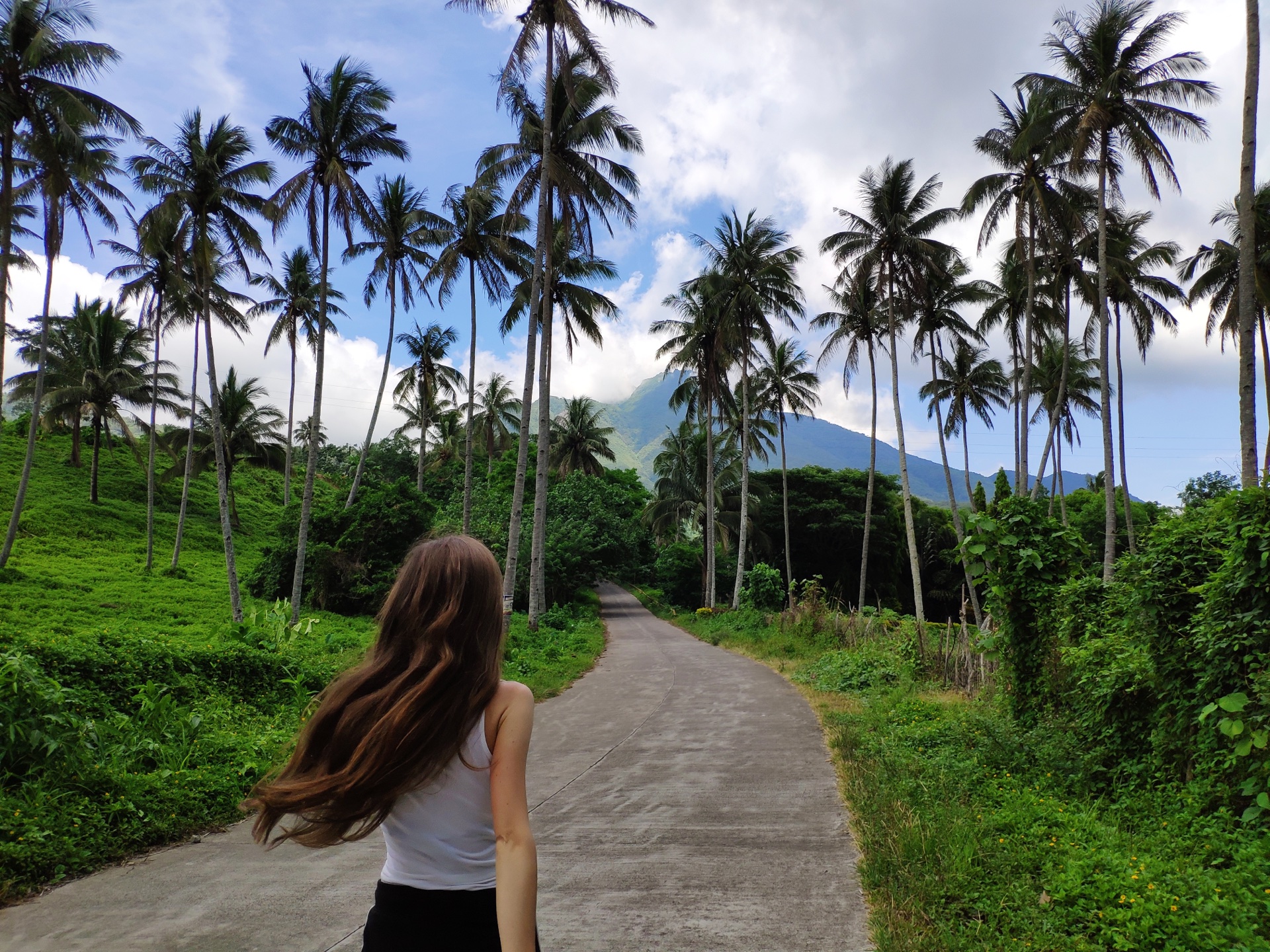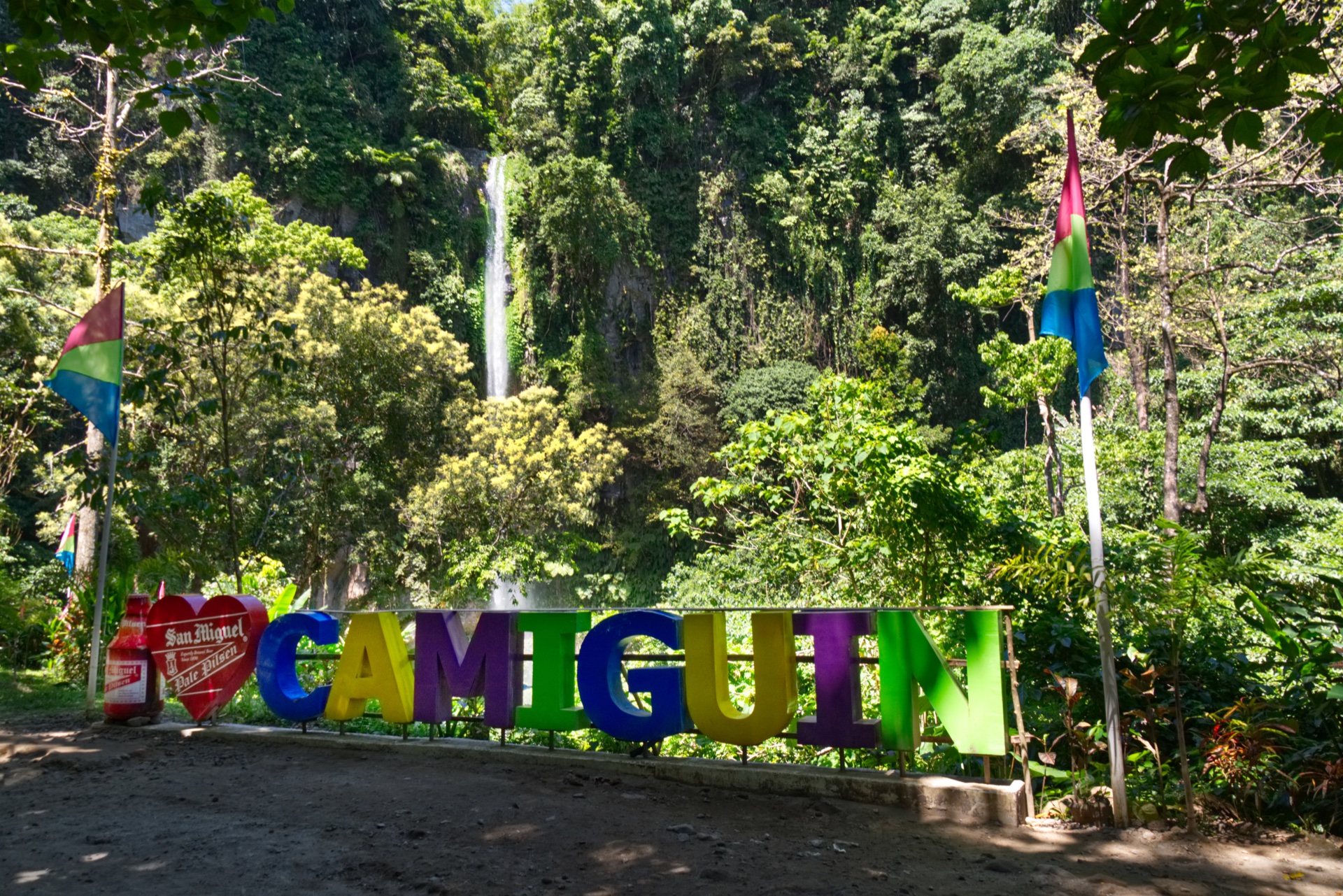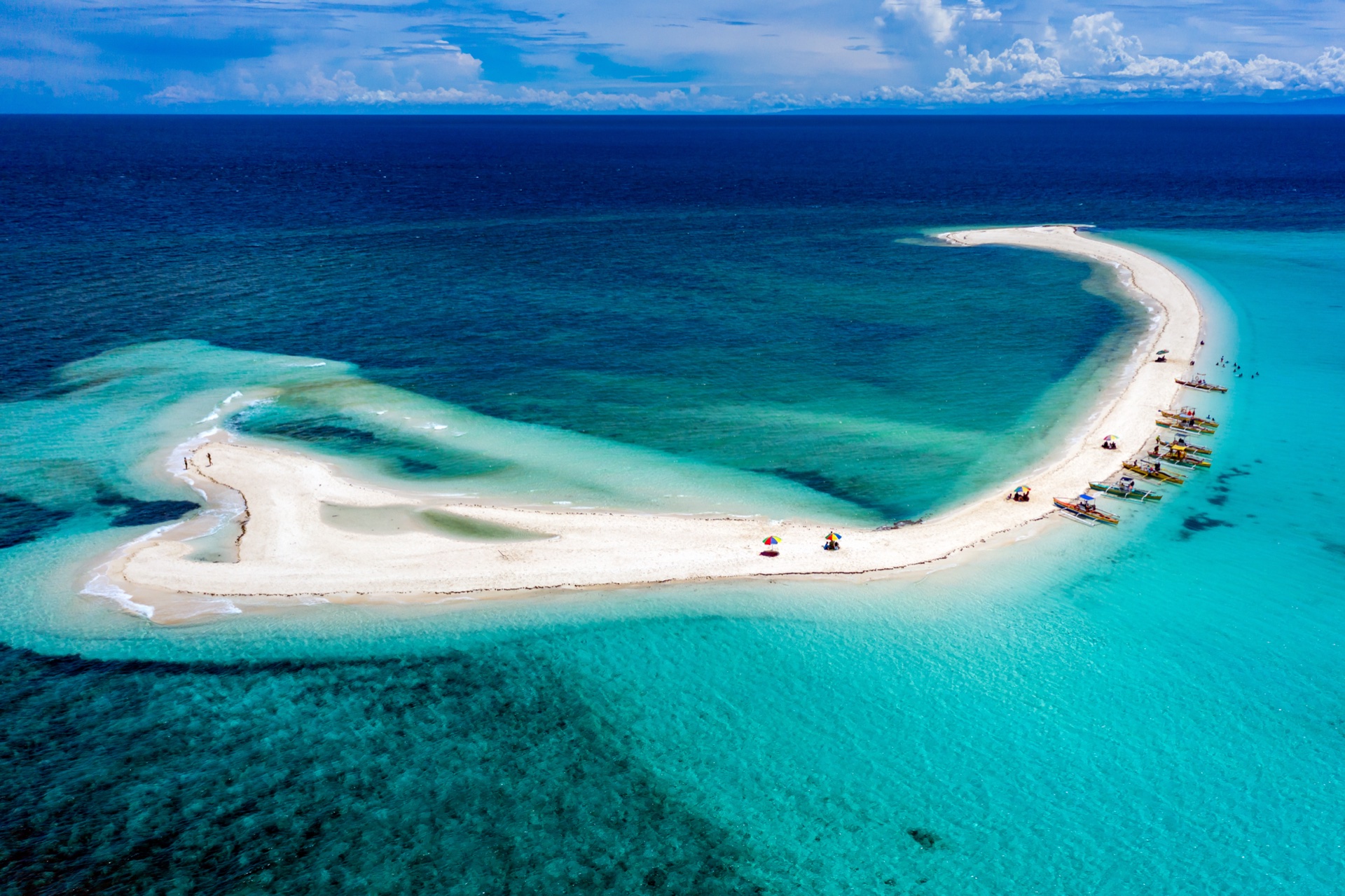A Volcanic Genesis
Camiguin Island rises from the depths of the Bohol Sea as a testament to the raw power of volcanic forces. Born from underwater eruptions millions of years ago, this 238-square-kilometer island is home to seven distinct volcanoes - more volcanoes per square kilometer than anywhere else on Earth.
The island's volcanic history is not just ancient geology; it's a living, breathing reality. Mount Hibok-Hibok, the island's active volcano, last erupted in 1951, reshaping the landscape and creating many of the attractions visitors enjoy today, including the famous Sunken Cemetery and the therapeutic hot springs.
Volcanic Timeline
The Great Eruption
Mount Vulcan erupts catastrophically, destroying the old capital and creating the Sunken Cemetery that visitors see today.
Mount Vulcan's Final Act
Another major eruption further reshapes the island's northern coastline and buries more of the old town.
Hibok-Hibok Awakens
Mount Hibok-Hibok's most recent active period, creating new geological features and thermal springs.
